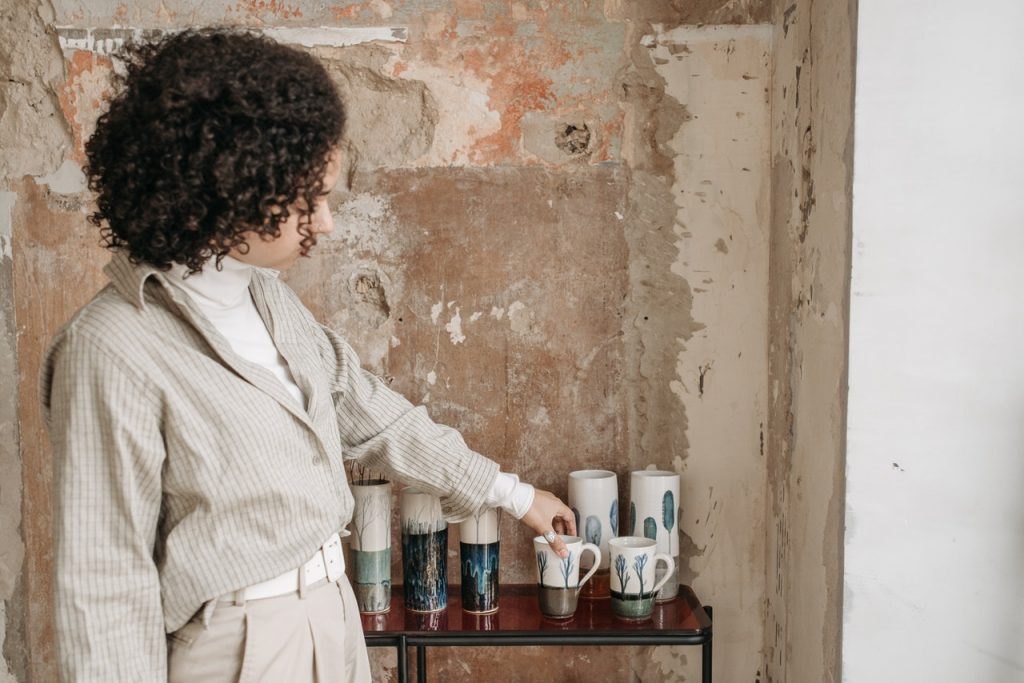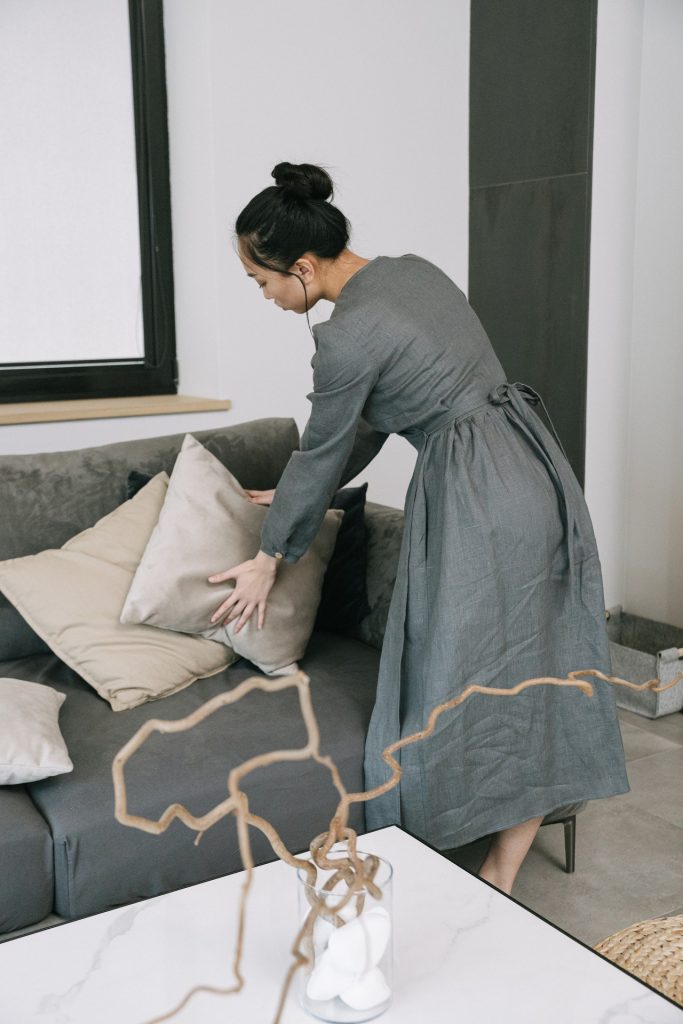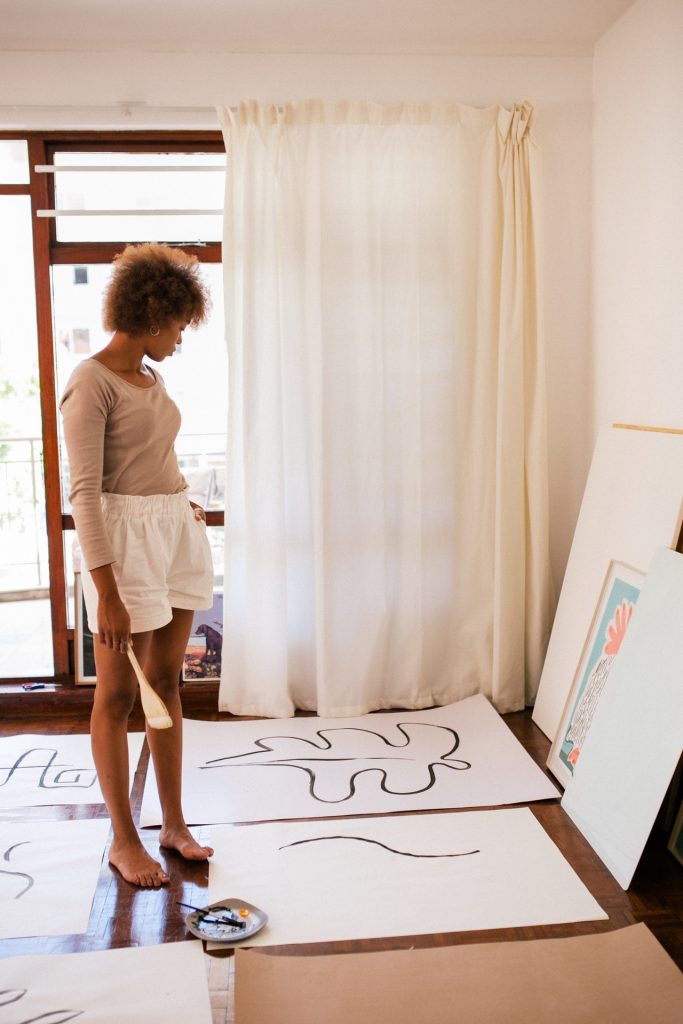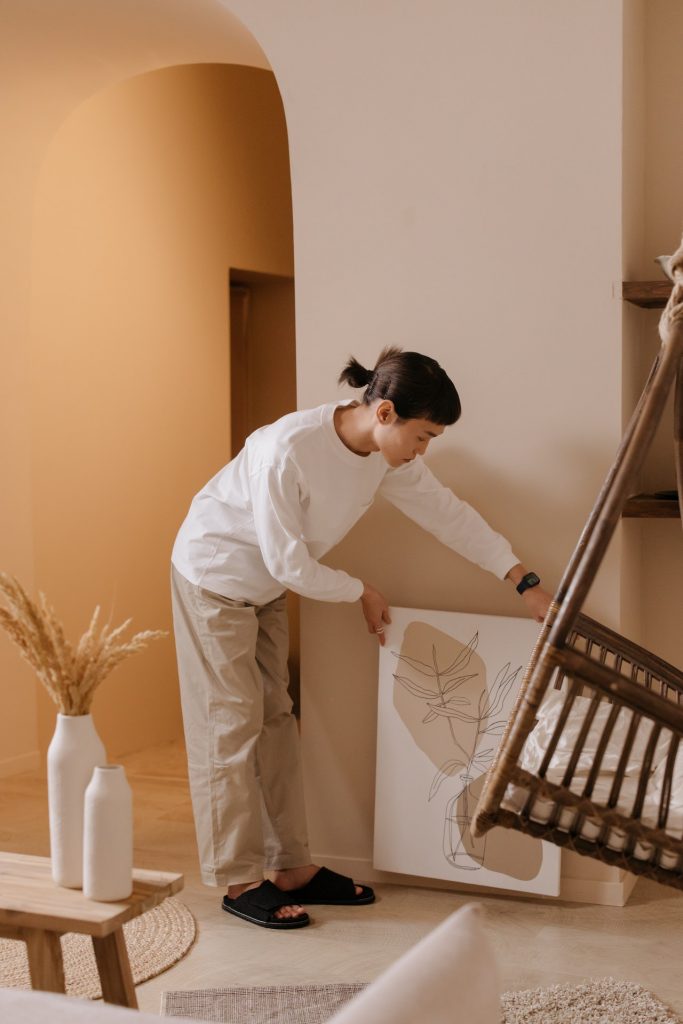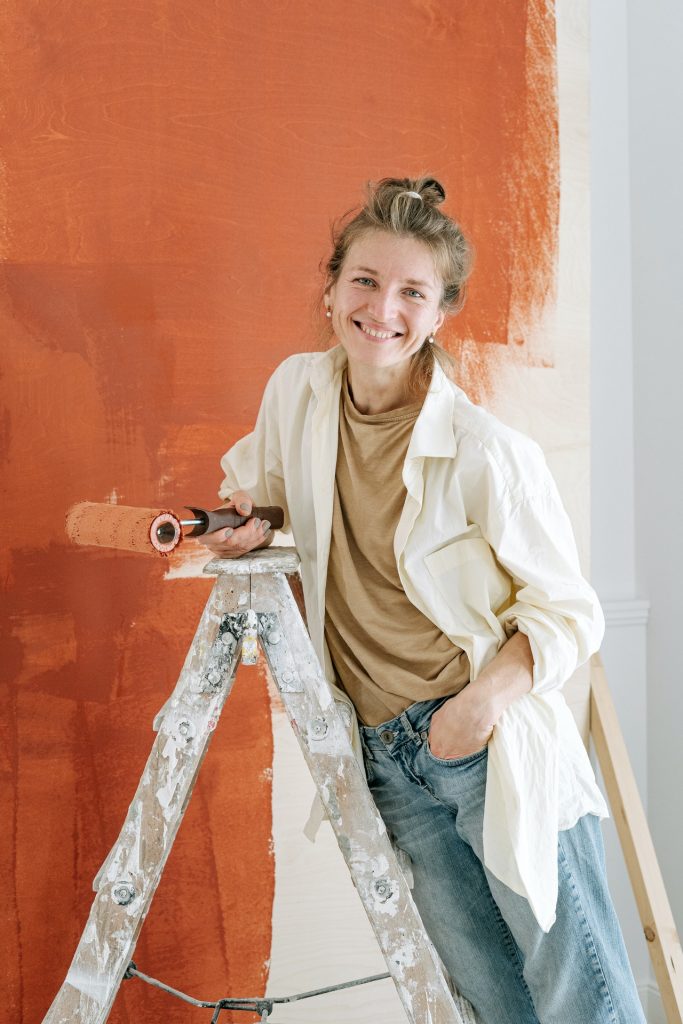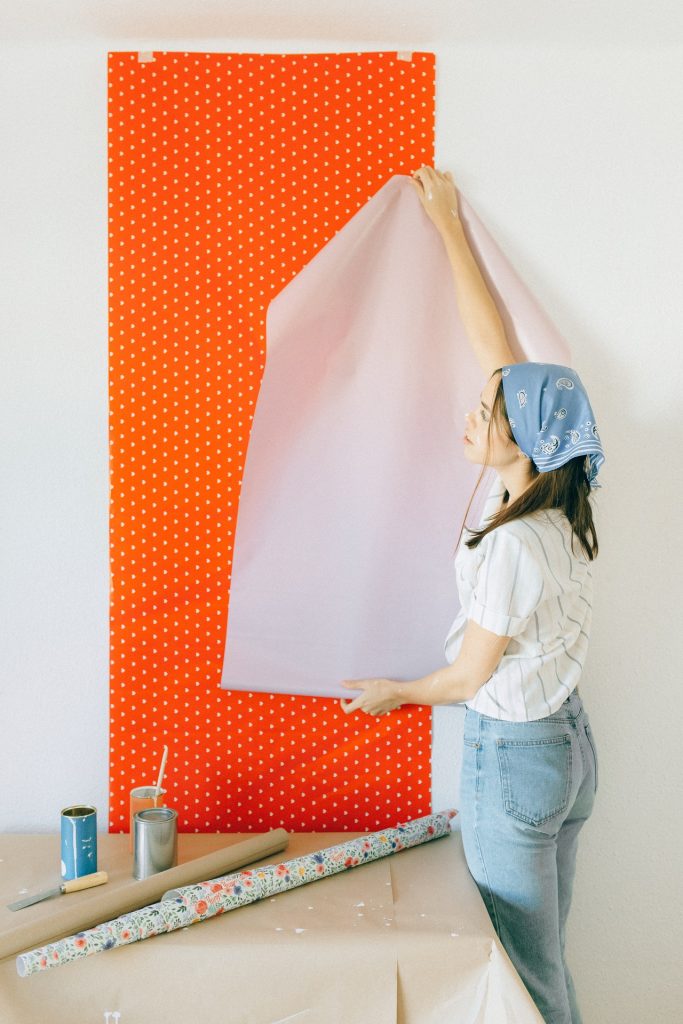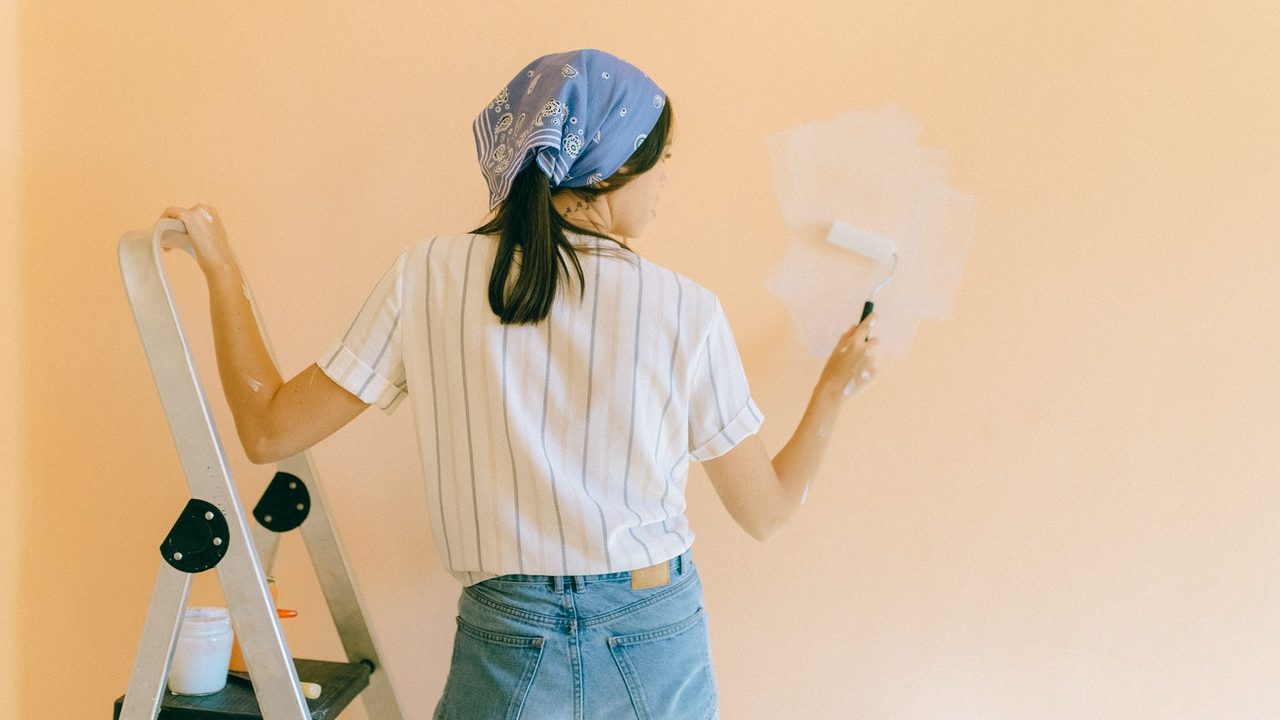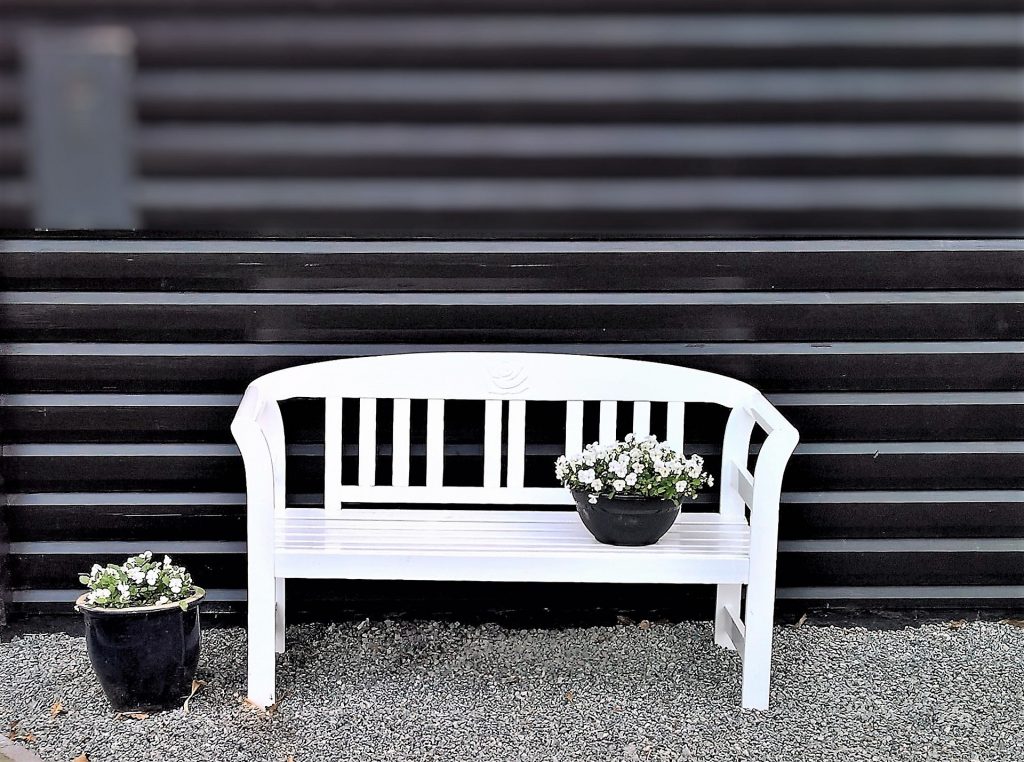Home Styling
Have you ever wondered how you can make your home look like a place of affluent people? Or would you just like to create an impression of classic beauty with an air of sophistication?
All of these things can be made through the use of interior design & home styling.
Home styling can be a daunting task, but it is one that will reward you many times over. Determining your personal style allows you to create a theme that you can carry from room to room, giving the house cohesiveness, even if your style is eclectic.
Your furniture is the backbone of the home. It is important to choose wisely and then formulate your design plan around your choices. After you have laid that foundation in place, you can begin to look at complementary fabrics and colors – eventually visiting paint, window coverings, floor coverings, lighting, and accents in turn.
Discover your style and go from there. Your taste may range from traditional to country to casual to contemporary to modern, or anywhere in between. You can choose from materials such as wood, metals, glass, even plastics. You may like intricate designs or strong, simple lines, such as in the Mission style. You may want your pieces to be heavy and substantial, perhaps dramatic, or the sharp, linear design of Minimalism may appeal to you.
When you are considering your preference for what appeals to you, take into account too how you envision your home’s primary function. Is it to be a comfortable haven for your family? Do you plan to entertain elegantly? Do you want a serene, cool, calming environment? Do you prefer an eclectic, cozy, warm nook? Is it to be an open, airy affair or more somber? Casual? Luxurious? Formal? Rustic?
If your style is casual, and you are looking to make an inviting home for you and your family, you are likely to want the warm glow of woods, either light or dramatically dark, and soft, inviting fabrics. If you prefer a more traditional, formal look, you are likely to choose rich fabrics, including damask and velvet, and woods, such as cherry or mahogany. For the modern approach, you may incorporate many materials – light, blonde woods, sleek metals like chrome and aluminium, and simple fabrics.
Whatever your taste, you can find fabulous pieces that express your style.
If you want to be your own “Interior Designer” and you look for ways to make your personal spaces more beautiful or want to improve your home decorating it professionally or want to learn more about Home Styling & Interior Design, consider some online course, that can teach you:
- How to stop dreaming and to make your dream interior come true!
- Why good and functional design matters.
- How to work with design elements and principles.
- What the most important design styles are and what characteristics they have.
- How to work with colors and how to combine them.
- How to design step-by-step.
- How to plan and manage the DIY project and make it a success.
New Home Decorating Tips
When most people move into a new home, there are some changes that they want to make. The rules of interior design are especially powerful when it comes to the ladies of the house who can walk through any home and easily spot furniture that needs to be moved and cabinets that need refacing. The entire idea behind home styling is to make the home that you have purchased your own. It stands to reason because you are living in a home that was built by someone else and their style may not be yours. Interior design and home styling are the way to go.
Most people consider home styling to be a challenging task, which it can be if you go to extremes. Those who attempt to completely renovate their entire home at once are faced with a multitude of problems that are associated with having to move furniture and other items out of the way so the interior design process can take place. For others, it is easier to do a little bit at a time to make sure that each project gets completed with the minimum of hassle and interruption to daily life.
One of the easiest things to start with when it comes to home styling is cabinet refacing. Cabinets that you are going to reface will not interrupt the day-to-day activities as other types of projects can and will, when doing home styling. To reface cabinets it is best to start with the doors as they are simple to remove and take to a workshop or basement.
When you reface you are basically just changing the tone of the wood that is used for the design of the cabinets. This is done most times because the color or tone does not fit with the new furniture that has been purchased. This is a common practice among existing home buyers who want to create their own personal style.
Cabinet refacing also entails changing the front faceplate of the cabinets to match the doors that have been changed. This is another common practice but it can be quite difficult. It is best to hire a professional when you are planning on refacing any type of cabinet as the skills required to do so do take a long time to learn. There are several books on the subject floating around but they tend to only give the base knowledge that is necessary and does not give the complete picture for dealing with all the different types of problems that you could run into.
Furniture is another big issue when it comes to home styling. When moving into a new home many people like to get new furniture but they cannot always afford the new stuff as prices seem to go up every year. The best course of action is to try and buy the new items piece by piece instead of all at the same time. This will actually save you money in the long run as you can get a better deal as the pieces that you won’t go on sale over the time that you are purchasing them.
There are plenty of furniture dealers around the world and all you need to do is search through them instead of dealing with only one place. There is a matter of finding all the best for the best prices and that is not hard when you take and do a little research on the subject.
If you are planning on doing any painting as part of your home styling project it is best to do so before moving in. This will save you a lot of hassle as it is hard to find a place to put everything when the house is full of furniture and other items. Paint does not take a long time to dry so it should not hold up the moving in process for very long.
The best course of action is to go with the higher quality of paint. The better the quality the better coverage you get when you are painting in the darker colors. If you are painting before you move in then you can use a paint sprayer with a lot more ease. This will cut your painting time in half and will save you money in the long run as you use about half as much paint as you do with the brush and roller method.
Don’t forget to check all the walls for holes before you start any home styling projects. It is easier to reface a wall when there is nothing else going on. You will need to read up on wall refacing before tackling it to make sure that it is done properly. If not, you may end up with a not-so-nice-looking wall full of dimples and holes and other unsightly blemishes.
Interior design & home styling is a fun and exciting time for a lot of people but it can also be very stressful and costly if you are not careful. Before tackling any home styling project you should first make sure that you have the required skills and funds to complete the project.
Consider online DESIGN & LIVE Program when you say:
- “How can I turn my ideas into reality? It’s so overwhelming!”
- “I have no idea what colors and patterns I should apply?”
- “How to design interiors on my own – but so it fits to everything else in my home and is not ending in disaster?”
- “How to come up with interior plan that is also matching all requirements and functionalities – and my design preferences?”
- “How to do small-budget interior?”
- “How to renovate my room?”
- “How to renovate my interior?”
The Principles of Design
Whether you are working with existing furnishings and fabrics or starting from scratch with an empty room, you should always use the elements and principles of design as a guide in choosing everything. The elements are your tools or raw materials, much like paints are the basics to a painter. The elements of design include space, line, form, color, and texture. The principles of design relate to how you use these elements.
The principles of design are balance, emphasis, rhythm, proportion and scale, and harmony and unity.
Principle #1: Balance
Visual equilibrium in a room is called balance. It gives a sense of repose and a feeling of completion. A well-balanced room gives careful consideration to the placement of objects according to their visual weight. The elements of line, form, color, and texture all help determine an object’s visual weight, which is the amount of space it appears to occupy. Balance also refers to how and where you place the elements (line, form, color, and texture) within a room. To maintain balance, try to distribute the elements throughout the room.
Formal balance, often referred to as symmetrical balance, creates a mirror image effect.
Informal balance uses different objects of the same visual weight to create equilibrium in a room. It is more subtle and spontaneous and gives a warmer, more casual feeling.
Principle #2: Emphasis
Emphasis is the focal point of the room. The focal point should be obvious as you enter the room; it is the area to which your eye is attracted. Whatever is featured, as the center of interest a fireplace, artwork, or a window treatment framing a beautiful view must be sufficiently emphasized so that everything else leads the eye toward the featured area. You can add emphasis to a natural focal point or create one in a room through the effective use of line, form, color, and texture.
Principle #3: Rhythm
Rhythm supplies the discipline that controls the eye as it moves around a room. Rhythm helps the eye to move easily from one object to another and creates a harmony that tells the eye everything in the room belongs to a unified whole. Rhythm is created through the repetition of line, form, color, or texture. It can also be created through progression. Progressive rhythm is a gradual increasing or decreasing in size, direction, or color.
Principle #4: Proportion and Scale
Size relationships in a room are defined by proportion and scale. Proportion refers to how the elements within an object relate to the object as a whole. Scale relates to the size of an object when compared with the size of the space in which it is located.
Principle #5: Harmony and Unity
A well-designed room is a unified whole that encompasses all the other elements and principles of design. Unity assures a sense of order. There is a consistency of sizes and shapes, a harmony of color and pattern. The ultimate goal of home styling is to create a room with unity and harmony and a sense of rhythm. Repeating the elements, balancing them throughout the room, and then adding a little variety so that the room has its own sense of personality accomplishes this. Too much unity can be boring; too much variety can cause a restless feeling. Juggling the elements and principles to get just the right mix is a key to good design.
Interior Design & Style
Interior design refers to the art of manipulating and forming the inner space of a house, an office, or a room, through the management of surface healing and spatial volume. Interior designs are generally used to bring in the features of architecture, furniture designs, environmental psychology, and product design. All of these are combined to create an artistic projection of the area in the project.
The interior designer should know and take into consideration the different parts of design styles. These are the proportion, function of design, concept, and balance. All of these parts are important in creating the total look and feel of the room. For instance, in creating the look and feel of the room, the home styling could enhance the graphical user interface of the design by using the right combination of colors, layout, shapes, etc.
Included in the aspect of styles are the seven elements of design that an interior designer must always take into account. These are the shape, form, line, texture, color, pattern, and mass. All of these things, when incorporated into a project will bring out the best results.
However, good interior designers must also take into account the aspects of beauty in terms of its function and aesthetics. A good balance between the two will instigate proper coordination of all the elements of design.
The reason behind this argument is based on the fact that the concept of beauty is always comparative and qualified. As the old adage goes; Beauty is in the eyes of the beholder.
Hence, there are instances that one design might be beautiful for one person but may look unsightly with others. That is why when the function of interior design & home styling serves its purpose as far as enhancing the total outlook of the space is considered as universal, the comparativeness of its beauty will vary from one person to another.
For this reason, the design used by the interior designer may be relative to his or her own aspect of beauty but may be taken differently by his or her viewers. Nevertheless, it is still the interior designer who will know the appropriate use of the different elements of design associated with the utilization of the various kinds of materials that he or she will use.
Consequently, the interior designer must still consider the insights and tastes of the user or the customer.
At this point, it is now based on the sales talks or the persuasive power of the designer to convince his or her client of the best style, patterned to his or her style. In this way, the designer will not be in trouble of deviating from the interests of the client. Otherwise, the designer may no longer find future works from this particular client.
Indeed, interior design is not just a matter of good taste and spatial enhancement. It is also a conglomeration of the application of the different elements of design along with the personal interest of the client.
It is a work of art with the value of ethical standards constituted in one art form.
“It always seems impossible until it’s done.”
Nelson Mandela
If you have enjoyed our article, check for more information and tips on our site Spry Ladies, our Facebook, or our pins on Pinterest and YouTube, too.

